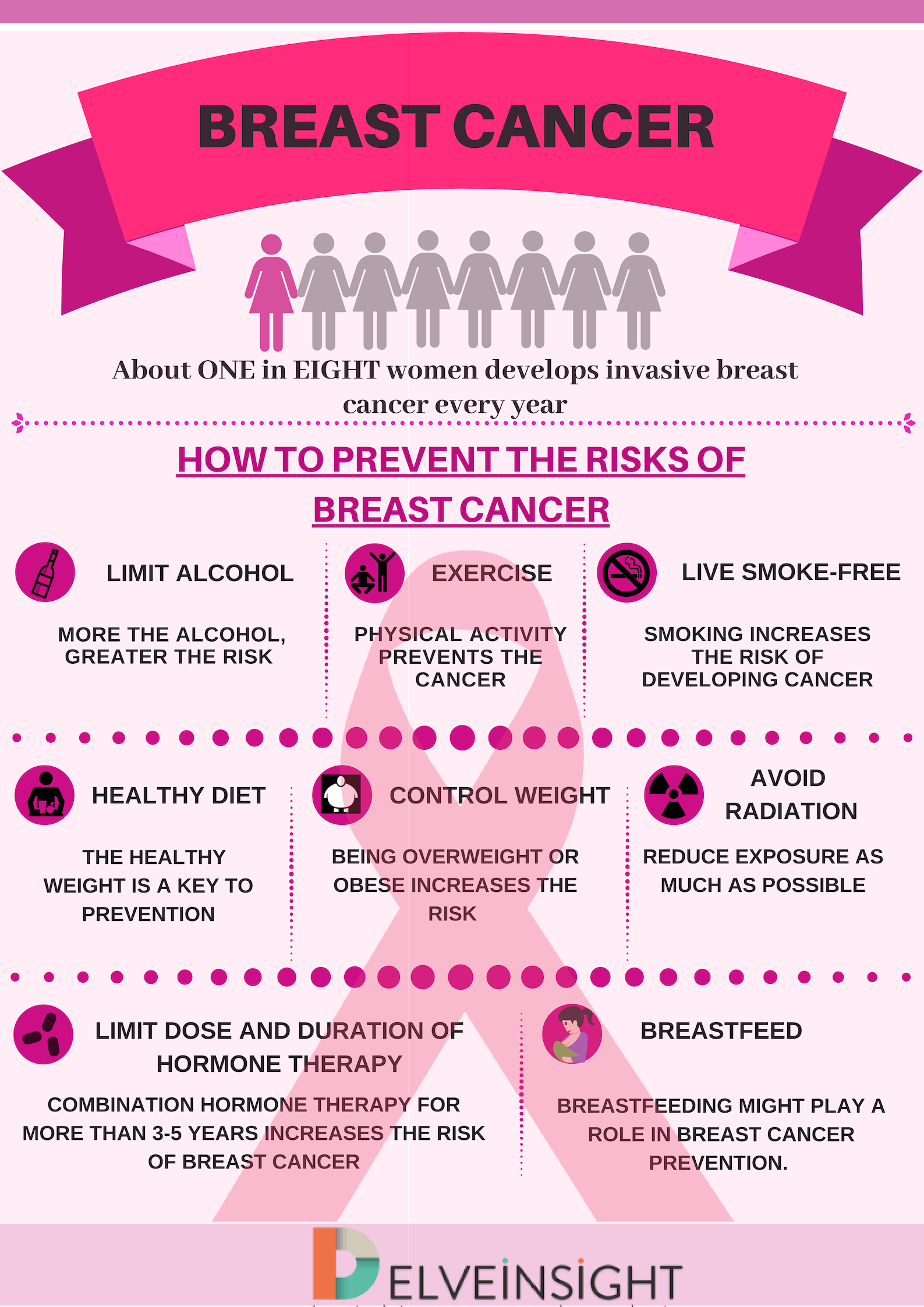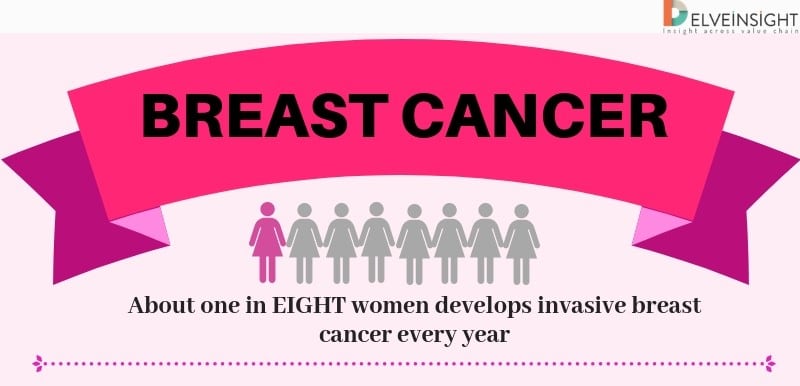Precautions for Breast Cancer: Empower Yourself Through Knowledge and Action
Sep 04, 2024
Table of Contents
As breast cancer continues to be a significant health concern for women worldwide, it is crucial to understand the importance of precautions for breast cancer. By being proactive and taking preventive measures, women can reduce their risk of developing this disease and improve their overall health. In this comprehensive blog post, we will explore various aspects of precautions for breast cancer, including treatment options, myths, therapy choices, medications, and more.
Understanding Breast Cancer
Breast cancer is a type of cancer that originates in the breast tissue. It can occur in different parts of the breast, such as the ducts, lobules, or connective tissues. There are several types of breast cancer, each with its own characteristics and treatment approaches. Some common types include ductal carcinoma, lobular carcinoma, and triple-negative breast cancer.
Downloads
Click Here To Get the Article in PDF
What are the Precautions for Breast Cancer?
Implementing preventative measures is essential in reducing the risk of breast cancer and ensuring early detection. By staying vigilant and proactive about breast health, individuals can significantly enhance their chances of catching any potential issues early. Incorporating routine screenings and exams into one’s healthcare regimen is a vital part of this approach.
Regular Breast Exams
One of the most important precautions for breast cancer is to perform regular breast exams. This includes both self-exams and clinical exams by a healthcare professional. Self-exams should be done monthly, while clinical exams should be performed annually as part of a routine check-up. These exams help detect any changes or abnormalities in the breast tissue, which can be an early sign of breast cancer.
Mammograms
Regular mammograms are another crucial precaution for breast cancer. Mammograms are X-ray images of the breast that can detect tumors or other abnormalities before they can be felt. The American Cancer Society recommends that women begin annual mammograms at age 40 or earlier if they have a family history of breast cancer or other risk factors.

How to Prevent the Risks of Breast Cancer
Maintaining a healthy lifestyle is one of the most effective precautions for breast cancer. Here are some preventive measures that a person can take to prevent the risks of breast cancer:
- Maintaining a Healthy Weight
Maintaining a healthy weight is essential for reducing the risk of breast cancer. Studies have shown that being overweight or obese can increase the likelihood of developing breast cancer, especially after menopause. Excess body fat can lead to higher levels of estrogen, which is linked to breast cancer growth. Aim for a balanced diet rich in fruits, vegetables, whole grains, and lean proteins, and monitor your portion sizes to help maintain a healthy weight.
- Exercising Regularly
Exercising regularly is another critical precaution for breast cancer. Physical activity helps control weight, reduces estrogen levels, and improves overall health. Aim for at least 150 minutes of moderate aerobic exercise or 75 minutes of vigorous exercise each week, combined with strength training exercises at least twice a week. Activities like walking, swimming, cycling, or group fitness classes can be enjoyable ways to incorporate exercise into your routine.
- Limiting Alcohol Consumption
Limiting alcohol consumption is an important precaution for breast cancer. Research has shown that even moderate alcohol intake can increase the risk of breast cancer. The American Cancer Society recommends that women limit their alcohol consumption to no more than one drink per day. If you do not drink alcohol, it is best not to start.
- Avoiding Smoking
Avoiding smoking is crucial for overall health and is a significant precaution for breast cancer. Smoking has been linked to various types of cancer, including breast cancer. If you smoke, seek help to quit, as this can significantly reduce your risk of developing breast cancer and improve your overall health.
- Breastfeeding, If Possible
Breastfeeding can also serve as a precaution for breast cancer. Research indicates that women who breastfeed may have a lower risk of developing breast cancer, particularly if they breastfeed for an extended period. Breastfeeding helps to reduce the number of menstrual cycles a woman experiences, which in turn lowers estrogen levels. If you are able to breastfeed, consider doing so for at least six months to reap the potential protective benefits.
Breast Cancer Treatment Options
If a woman is diagnosed with breast cancer, there are several breast cancer treatment options available. The choice of treatment depends on the stage and type of breast cancer, as well as the patient’s overall health and preferences. Some common treatment options include:
Advancements in breast cancer treatment have significantly improved patient outcomes through a multidisciplinary approach. Initial treatments often involve surgery, such as lumpectomy or mastectomy, depending on tumor size and location. Newer surgical techniques, like skin-sparing and nipple-sparing mastectomies, aim to enhance cosmetic results. Post-surgery, radiation therapy targets remaining cancer cells, while chemotherapy may shrink tumors before surgery or address residual cancer. Hormone therapy, targeted therapy, and immunotherapy further personalize treatment by blocking hormones, targeting specific cancer cell abnormalities, or enhancing the immune system’s response.
Roche has been pivotal in this field, starting with HERCEPTIN’s approval in 1998 and expanding with subsequent drugs like PERJETA, KADCYLA, and PHESGO. Increased public awareness and innovative therapies are driving progress, with emerging drugs showing promise for more personalized treatments. Companies such as Roche, AstraZeneca, and Olema Pharmaceuticals are at the forefront, developing novel therapies targeting genetic markers and specific pathways. These advancements are expected to enhance survival rates and quality of life for breast cancer patients by offering more tailored and effective treatment options.
Myths About Breast Cancer
There are many myths and misconceptions surrounding breast cancer. It is important to separate fact from fiction and rely on reliable information. Some common myths include:
- Breast cancer is always fatal
- Breast cancer always forms a lump
- Men don’t get breast cancer
- Having silicone breast implants increases the chance of breast cancer
- Breast cancer is contagious
- Deodorants and antiperspirants cause breast cancer
- Breast cancer only affects older women

Conclusion
Precautions for breast cancer are essential for reducing the risk of this disease and improving health outcomes. By being proactive, women can take steps to detect breast cancer early and seek appropriate treatment if necessary. Remember, knowledge is power, and staying informed about breast cancer precautions, treatment options, and myths can help empower women to take control of their health and well-being. By incorporating healthy lifestyle choices, women can significantly reduce their risk of breast cancer. Taking these precautions is a vital step in the journey toward better health and well-being.
Downloads
Article in PDF



